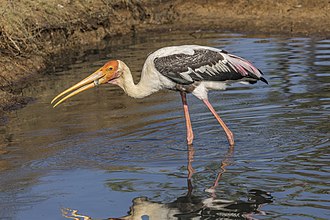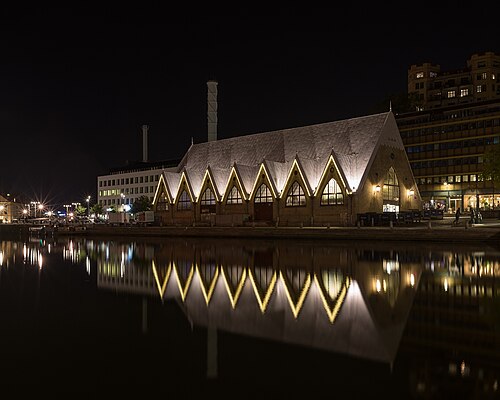
| Picture of the day |
|---|

|
|
Painted stork (Mycteria leucocephala) catching a fish in Yala National Park, Sri Lanka.
|

| Picture of the day |
|---|

|
|
Painted stork (Mycteria leucocephala) catching a fish in Yala National Park, Sri Lanka.
|





An inquisitive sandhill crane approaches the photographer near the Vehicle Assembly Building at NASA’s Kennedy Space Center in Florida on March 24, 2021. Kennedy shares space with the Merritt Island National Wildlife refuge, which is home to more than 1,000 species of plants, 117 species of fish, 68 amphibians and reptiles, 330 birds, and 31 different mammals. The refuge provides a favorable environment for sandhill cranes as it contains shallow freshwater habitats for nesting, along with a variety of vegetation and prey to feed on.
Read More